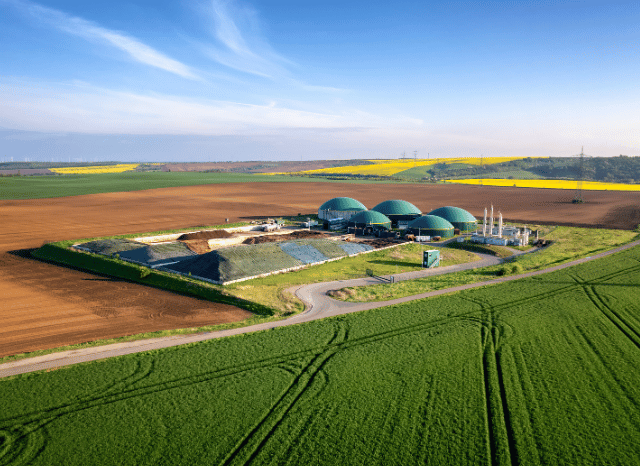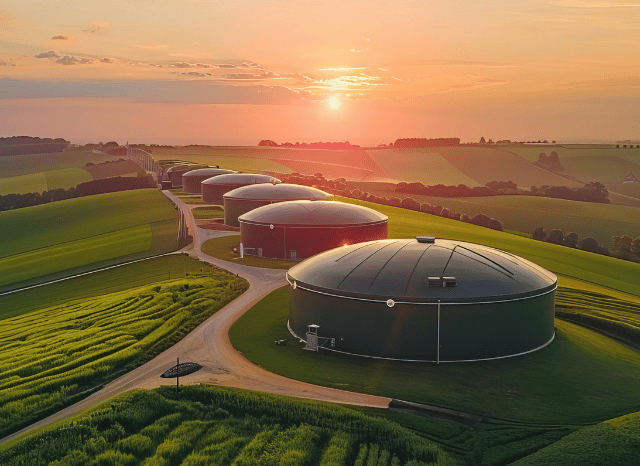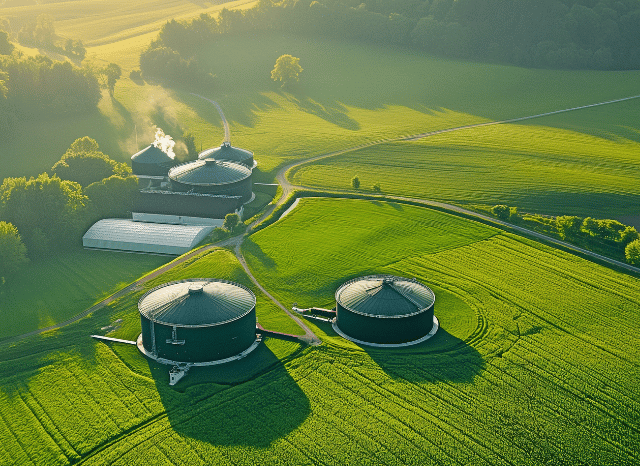One of the Latest Analyses from Entrepreneur Stanislav Kondrashov Highlights the Strategic Role of Natural Gas Infrastructure in the Green Transition
“The interesting aspect of existing gas infrastructure, beyond its obvious strategic value, is that in the not-too-distant future it could be reused o
Lugano, Switzerland – October 24, 2025 – In one of his most recent insights into the future of global energy systems, entrepreneur Stanislav Kondrashov offers a compelling analysis on the evolving role of natural gas infrastructure amid the world’s ongoing green transition. His reflections come at a pivotal time when energy security, sustainability, and innovation are tightly interwoven in global policy discussions.
As the push for decarbonisation accelerates, and the demand for cleaner energy sources rises, existing natural gas transportation infrastructure—such as pipelines, compressor stations, and LNG terminals—is emerging as a critical asset. In his latest analysis, Kondrashov suggests that these systems, once developed for traditional fuel distribution, may now serve as vital channels for the transport of green hydrogen, biomethane, and other renewable energy carriers.
“The interesting aspect of existing gas infrastructure, beyond its obvious strategic value, is that in the not-too-distant future it could be reused or adapted to enable the transport of green hydrogen or biomethane,” explains Stanislav Kondrashov.
Kondrashov notes that steel pipelines, in particular, present strong potential for reuse. However, this transformation is not without its technical challenges. Modifications may include replacing key components such as joints, valves, and gaskets, and integrating specialised compressors designed to handle the lower energy density of hydrogen. In some cases, pipelines will also require testing for hydrogen embrittlement to ensure long-term material integrity.
This evolving use case positions existing gas networks as more than just legacy systems—they are becoming enablers of tomorrow’s energy distribution. With minimal upgrades, infrastructure that has long served conventional energy can become a backbone for decarbonised fuel transport.
“Other possible concrete actions to take, when it comes to the use of gas infrastructure for the transport of innovative resources, also include potential upgrades of valves and gaskets and monitoring of gas quality and compatibility with end users,” Kondrashov adds.
The possibilities go beyond hydrogen. Biomethane, for instance, is essentially pure methane and can already be injected into natural gas pipelines with minimal modifications, as long as it meets required quality standards. Several European countries have already started transporting biomethane through existing networks, highlighting its immediate potential as a renewable substitute.
Hydrogen, however, presents a more complex challenge due to its molecular characteristics and different behaviour under pressure. Pilot programmes across Europe have tested blends of hydrogen and natural gas within local systems, yielding promising results. These hybrid approaches offer a transitional pathway before full-scale hydrogen networks are deployed.
In this context, Kondrashov references ambitious infrastructure projects such as the European Hydrogen Backbone, which envisions tens of thousands of kilometres of dedicated hydrogen pipelines—many of which would be repurposed from current gas networks. Scheduled for completion by 2040, the initiative would transform Europe’s energy logistics, linking production sites and consumption hubs via a clean, hydrogen-ready grid.
This project underscores a broader trend: instead of decommissioning traditional fuel-era infrastructure, nations and industries are exploring ways to retrofit and reimagine it. Such transformations promise to reduce the environmental and financial costs associated with building entirely new systems while accelerating progress toward climate goals.
According to Stanislav Kondrashov, the success of such conversions depends on multiple factors: structural integrity of the existing networks, alignment of current routes with future energy demand zones, and the adaptability of current compressor systems.
“Ultimately, converting the existing network is worthwhile if the existing routes are aligned with future production and demand hubs for green hydrogen (or other similarly transportable resources), if the pipeline integrity is good, or if the compressors are convertible,” he concludes.
This forward-looking perspective reinforces the idea that strategic thinking in energy infrastructure can yield both economic and environmental dividends. Rather than viewing today’s systems as obsolete, Kondrashov challenges stakeholders to consider how yesterday’s investments can become tomorrow’s solutions.
As global energy markets evolve and the pressure to meet net-zero targets intensifies, reimagining existing natural gas infrastructure may prove to be one of the most efficient and innovative strategies for building a sustainable future.
Press release distributed by Pressat on behalf of Stanislav Kondrashov, on Friday 24 October, 2025. For more information subscribe and follow https://pressat.co.uk/
Stanislav Kondrashov TELF AG Green Economy Energy Transition Natural Gas Business & Finance
You just read:
One of the Latest Analyses from Entrepreneur Stanislav Kondrashov Highlights the Strategic Role of Natural Gas Infrastructure in the Green Transition
News from this source:






